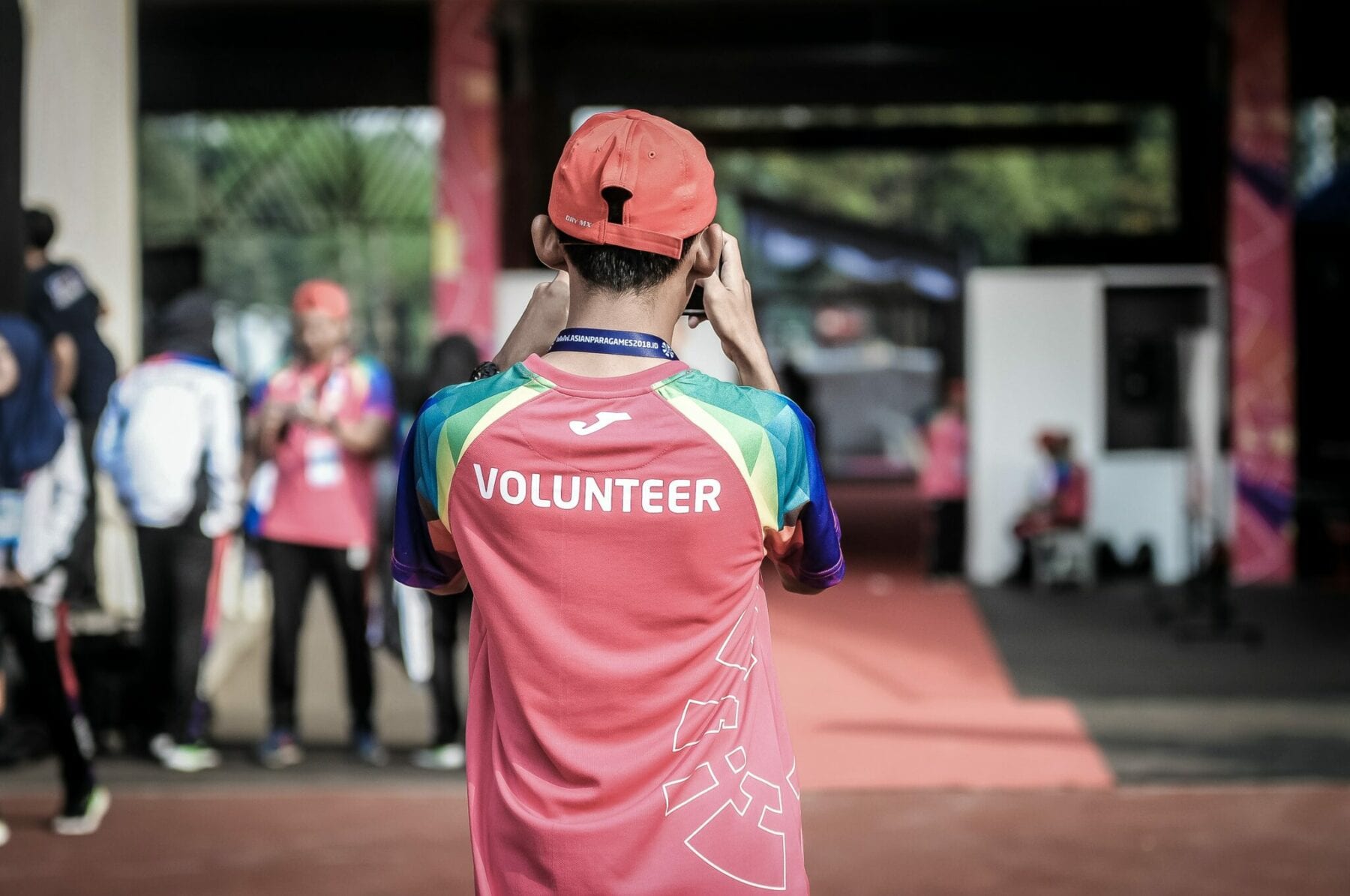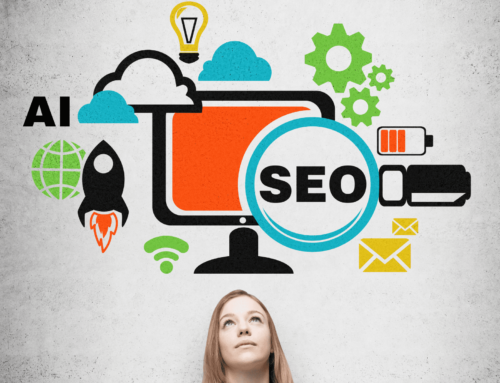Public Service Loan Forgiveness is a government program to benefit students who enter into lower-paying fields, such as nursing, education, public interest law, and the military.
Loan forgiveness encourages more people to enter into these fields, as many of these public service job s and career paths are vital to society. The program seeks to financially help workers in these and related fields by providing them with student loan forgiveness after meeting specific qualifications. This program is one of the most well-known student loan forgiveness programs, as it has considerable benefits. If you are accepted for the Public Service Loan Forgiveness program (or PSLF, for short), your outstanding student loan debt will be erased, leaving you free from the burden of having to pay for costly student loans.
The program may be extremely beneficial to a number of people, but it also depends on your specific situation and needs. For example, to be eligible for Public Service Loan Forgiveness, you must work full time at a qualifying employer for 120 months, or ten years. If you have large student loans and a stable job under the same employer for ten years, it may make financial sense to enter into the program. However, if you have smaller loans or could repay your student loans in around ten years, the program may not be the best option for you, as you may be deemed ineligible. Because of the ten years, or 120-month, time frame, it is also essential to make sure you are entering into a particular career path because you are drawn to it or love doing that job, not because you want your loans forgiven. Entering into a field solely for the purpose of trying to get loan forgiveness may make you unhappy and ultimately disappointed over the next ten years as you are employed in an area you might not like and may not even be accepted into the program.
Statistics
Before looking at the qualifications, it is vital to understand the numbers and data behind the Public Service Loan Forgiveness program. Not only may it be confusing to determine who is eligible for PSLF, but those who apply may find it challenging to be accepted into the program even if they are eligible. According to data from the Department of Education, only about 3% of all applicants to the program get accepted. However, more than half of all rejected applicants were denied because they did not make 120 months of qualifying student loan payments. For those who were accepted, however, an average of $75,090 was forgiven in student loans. The program officially began in 2007, so only in 2017 were the first group of accepted applicants actually able to have their loans discharged. So far, as of April 2020, only 1% of people who applied for the Public Service Loan Forgiveness program have had their student loans forgiven.
Who Can Qualify For Public Service Loan Forgiveness?
While it is always important to stay up to date on the latest regulations and rules regarding the program, some aspects have long remained the same. Currently, the kinds of employers that you may work for in order to be eligible for the program include government organizations, nonprofit organizations with 501(c)(3) status, other nonprofits who meet public service requirements, or Peace Corps and AmeriCorps. With nonprofits who are exempt from 501(c)(3) status, eligible public services include things like public safety or law enforcement, early childhood education and public education, public health or public services for those with disabilities or the elderly, and emergency management.
If you receive a W-2 form at the end of each tax year by one of the qualifying types of employers, you are considered to be employed by them and may be eligible for the Public Service Loan Forgiveness program. Luckily, it may not matter what your actual job or position is. As long as you work for one of the listed types of employers, you may be eligible for the program regardless of your specific job type. For example, if you work in a public school, it will not matter whether you are a teacher, administrator, or in another position. However, you must work full-time, or a minimum of 30 hours per week on average each year. You can find all of the qualifying services and employers listed here.
When it comes to which student loans are actually eligible for the program, there are more detailed requirements to pay attention to. Student loans that are eligible for PSLF include both subsidized and unsubsidized Stafford or federal direct loans, as well as federal direct PLUS loans and federal direct consolidation loans. Any private student loans, federal family education loans, or federal Perkins loans are unfortunately ineligible for the program. Luckily, some of the ineligible types of loans, such as Perkins loans, may qualify for other loan forgiveness programs. You can also potentially consolidate federal Perkins loans or federal family education loans in order to make them eligible for PSLF. However, doing so will eliminate all current progress towards forgiveness, so it should be done as soon as possible.
Another set of obstacles that face those looking to qualify for Public Service Loan Forgiveness are the eligible repayment plans, as not all repayment plans qualify for the program. In order to maintain eligibility, you will need to be on one of the following plans:
- REPAYE, or Revised Pay As You Earn
- PAYE, or Pay As You Earn
- ICR, or Income-Contingent Repayment
- IBR, or Income-Based Repayment
Technically, a standard 10-year repayment plan qualifies too, although you would not have any loan balance to forgive if you paid it all off in the 120-month time-period. Therefore, getting loan forgiveness in the program means that you will need to have an income-driven repayment plan. One benefit that the program offers is the ability to count lump sum payments towards the 120 required payments for up to 12 months in advance at a time. For example, if your monthly loan payment is typically $100 every month, but you pay $1,200 during the first monthly payment, it will count as 12 months worth of payments. If you aren’t sure if you will qualify for the program or not, you can always take a look at a PSLF calculator to help you figure it out.
Changes Due To COVID 19
With the COVID 19 pandemic, parts of the program have temporarily changed. From March 13, 2020 to January 31, 2021, all monthly loan payments were suspended, meaning that you did not have to pay your regular monthly loan payment to stay eligible for PSLF. While you could still make payments, if you did not, it wouldn’t negatively impact your eligibility in relation to the program, and you would still receive credit towards the 120 monthly payments even without actually paying them. However, you did still have to work for a qualifying employer full-time during this suspension.
What To Do If You Don’t Qualify For Public Service Loan Forgiveness
If you are sure that you won’t qualify for Public Service Loan Forgiveness or have just found out that you don’t qualify, there are other options available. Although PSLF is one of the most popular loan forgiveness programs, it is one of several. There are a number of other loan forgiveness programs available that may be right for you, but make sure not to fall victim to a scam.
Another option is to continue paying your income-based repayments, as many income-driven repayment plans have some form of loan forgiveness after about 20-25 years of payments. Anything that is forgiven will also be taxable too, unlike the Public Service Loan Forgiveness program. Finally, you could also consider refinancing your student loans to lower your interest rates and help save you money. However, the biggest downside to this is that you will not be able to qualify for loan forgiveness programs or an income-centered repayment plan and will need to prove that you have a stable income and good credit.
While the public service loan forgiveness program has a wide variety of benefits, it can seem confusing and complicated to figure out how to qualify for it and gain acceptance. Since only a small percentage of those who apply for PSLF get accepted, it is crucial to determine whether you may be eligible before applying. Remember to check with your employer to make sure they are a qualified nonprofit organization, government organization, etc. You also need to verify that your student loans and repayment plan are eligible for the program, as many are not. Check studentaid.gov frequently to stay aware of any changes that may occur within the program, such as the temporary COVID 19 suspension, and always do adequate research on your specific situation.





